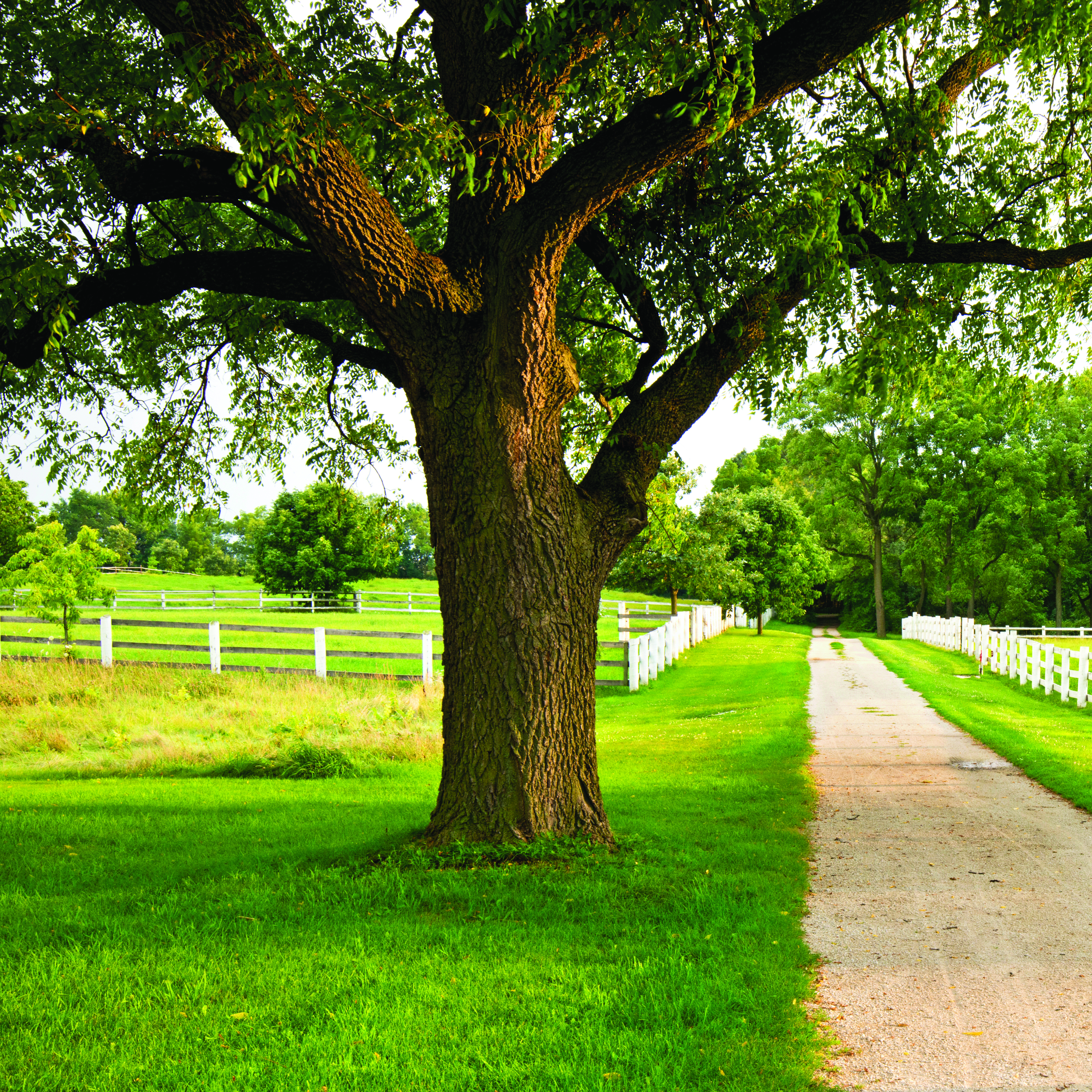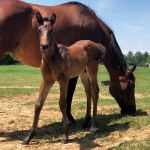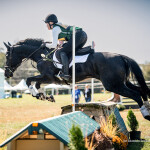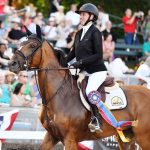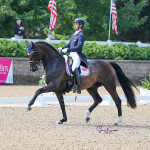Greener Pastures: Planning fencing for horses and livestock
When it comes to planning horse fencing, there are several things to keep in mind before construction. Efficient planning will enhance the usefulness, life, and maintenance. Horse fences should be highly visible for your herd to see. Barbed wire should be avoided because horses can tear their hide on the barbs. High tensile wire fencing can pose a threat because horses can become entangled in the wire, and cause severe injuries to legs and hooves. Board fencing has long been the standard for horse pastures, but woven wire works well, too. A top board can be positioned on woven wire
fences so horses can easily see the fence line.
Fencing is a costly investment. Selecting the proper materials and planning the construction will help extend the life of any fence.
It is important to think about where your water source is for your pastures. Ideally a properly planned fence will give water access to multiple pastures.
Make sure your property line fence is either constructed with permanent fence materials or is in good condition to keep your horses secure on your property. Plan which pastures will be used year after year and which pastures can be temporary grazing areas.
Constructing your permanent fence while planning temporary fencing can enhance the quality of pastures and grasses each year. Temporary fencing is easy to take down and move. It should not be used as a permanent fencing option, especially on your property line.
When planning your fence consider the cost of different fencing options. Board fencing is very attractive, safe and sturdy for horse farms. Posts are set between eight to ten feet with three to four boards across. The height of the fence should be four to five feet high. Board fencing is considerably more expensive than other fencing options. The cost of lumber and labor is what puts this type of fence at the top of the most expensive fence options. Maintenance and upkeep can also be expensive, especially if wood is not properly weather treated.
Woven wire fencing consists of a number of horizontal lines. The distance between the lines and height of the fence should be determined by the size of horses and their jumping abilities. Generally, the top and bottom woven wires are larger than the middle horizontal lines.
Electric fencing is widely used throughout the mid-south and it is very successful as horse fencing. It is considered safe for most horses and it is an inexpensive option. What is nice about electric fencing is that it can be used as a permanent or temporary fence if constructed properly. Plan your electric fencing to be able to take pressure and impact from your horses. Make sure it has adequate power for the length of the fence line, and backup power if your property loses electricity for a period of time. Electric fencing can also be used to extend the life of an old permanent fence on your property. Consider the color of your electric fence. Black is harder for horses to see. Consider brighter colors like white or orange.
When comparing fencing options keep these things in mind: what the fence will be used for, if it is permanent or temporary, how easy it is to build, and the cost of construction and maintenance.
Be sure to plan your gates in the corners of your pastures, close to barns and farm buildings. Consider the width of gates as well and the need to
easily move tractors and other vehicles through gates as needed. To read more about fence planning visit the University of Tennessee Extension agency link: https://extension.tennessee.edu/publications/documents/pb1541.pdf.

